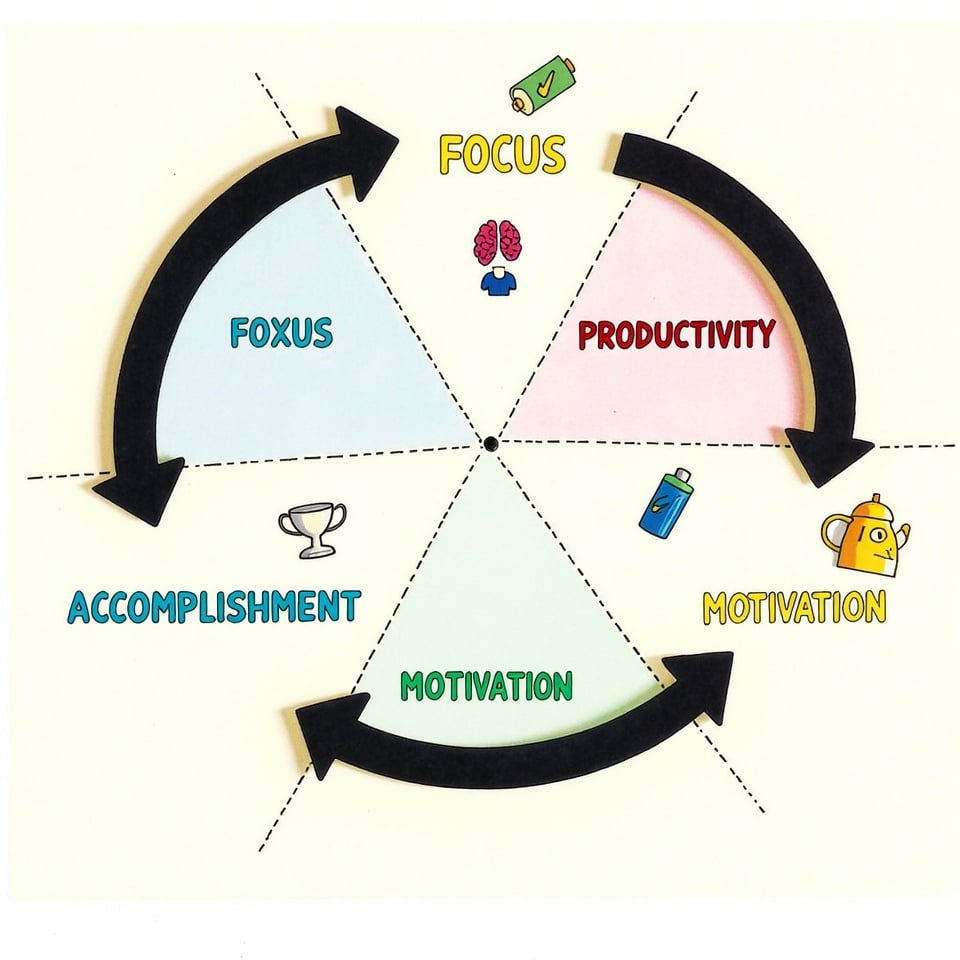Do you struggle with writing essays? Don’t worry, you’re not alone! Many students find it hard to write a good essay. But with some simple steps and practice, you can become a great essay writer.
In this article, we’ll show you how to write an essay that will impress your teachers and help you get good grades.
An essay is a type of writing that tells a story, explains a topic, or argues a point. It’s like a letter to your teacher, but instead of telling them about your day, you’re telling them about a specific topic. Essays are an important part of school, and learning how to write one will help you succeed in all your subjects.
Table of Contents
How to write an essay
Writing an essay can seem like a big task, but it’s actually quite simple. When you write an essay, you’re telling a story or explaining a topic to your reader. You want to make sure your reader understands what you’re saying, so you need to be clear and concise.
Think of an essay like a building. You start with a strong foundation, which is your introduction. Then, you add the walls, which are the body paragraphs. Finally, you put on the roof, which is your conclusion. Just like a building needs all these parts to stand up, an essay needs all these parts to make sense.
When you write an essay, you’re also trying to convince your reader of your point of view. This means you need to use good arguments and examples to support what you’re saying. It’s like trying to persuade a friend to see a movie with you — you need to give them good reasons why it’s a good idea!
Your essay needs a thesis statement
A thesis statement is a sentence that tells the reader what your essay is about. It’s like a headline in a newspaper — it grabs the reader’s attention and makes them want to read more. A good thesis statement should be clear, concise, and tell the reader what to expect from your essay.
Think of a thesis statement like a roadmap. It shows the reader where you’re going and what you’ll be talking about. Without a roadmap, it’s easy to get lost. Without a thesis statement, your essay can seem confusing and unclear.
A good thesis statement should answer the question “What’s the main point of my essay?” It should also be specific and not too broad. For example, “The school cafeteria food is bad” is a weak thesis statement. A stronger thesis statement would be “The school cafeteria food is unhealthy and should be improved.”
Try blainy thesis generator now!
The process of writing a great essay
Writing a great essay takes time and effort. It’s like building a Lego castle — you need to start with a plan, gather your materials, build it, and then make sure it’s perfect.
Here’s how you can do it:
1- Brainstorming
Brainstorming is like a big storm of ideas in your brain. You think about the topic, and all the ideas that come to mind. Write them down, even if they seem crazy or silly. This is the time to be creative and think outside the box. Ask yourself questions like “What do I know about this topic?”, “What do I want to say about it?”, and “What are my main points?”
2- Preparation
Preparation is like packing a backpack for a hike. You need to gather all the things you need to make your essay great. This includes researching the topic, making a list of your main points, and organizing your ideas. It’s also a good time to think about what you want to say in your introduction and conclusion.
3- Writing the first draft
Writing the first draft is like building the Lego castle. You take all your ideas and start putting them together. Don’t worry too much about spelling or grammar at this stage. Just focus on getting your ideas down on paper. Remember, this is just the first draft, so it’s okay if it’s not perfect.
4- Proofreading & editing
Proofreading and editing are like checking your Lego castle for mistakes. You look for any errors in spelling, grammar, or punctuation. You also make sure that everything makes sense and flows well. This is the final step before you hand in your essay, so take your time and be careful.
Essay structure
Think of an essay like a house. It needs a strong foundation, walls, and a roof to keep everything together. In an essay, the foundation is the introduction, the walls are the body paragraphs, and the roof is the conclusion. Let’s explore each of these parts:
Introduction
The introduction is like the front door of your essay. It welcomes the reader and invites them in. A good introduction should:
- Grab the reader’s attention
- Introduce the topic
- Tell the reader what to expect from the essay
It’s like saying, “Hello, come on in! I’m going to tell you about…”. Keep your introduction short and sweet, like a friendly greeting.
Try blainy introduction generator!
Body paragraphs
The body paragraphs are like the walls of your essay. They provide support and structure. Each paragraph should:
- Have a main point
- Explain the point with examples or facts
- Link to the next paragraph
Think of each paragraph like a brick. Each brick builds on the one before it, creating a strong wall. Make sure each paragraph is clear and easy to understand.
Try blainy paragraph generator!
Conclusion
The conclusion is like the roof of your essay. It wraps everything up and keeps it safe. A good conclusion should:
- Summarize the main points
- Leave the reader with something to think about
- End with a strong statement
It’s like saying, “So, that’s what I think about…”. Keep your conclusion short and strong, like a solid roof.
Try blainy conclusion generator!
Types of essays
There are many different types of essays, each with its own unique purpose and style. Here are some of the most common types of essays:
- Personal essays
- Political essays
- Persuasive essay
- Cause and effect essay
- Process essay
- Reflective essay
- Descriptive essay
- Argumentative essay
- Analytical essay
- Critical analysis essay
- Expository essay
- Compare and contrast essay
- Definition essay
Want to learn more about each of these types of essays? Check out our detailed article on Types of Essays to discover the characteristics, examples, and tips for writing each type of essay.
Final thoughts
Writing an essay can seem like a big task, but it’s actually a fun and exciting way to share your thoughts and ideas with others. Remember, the most important thing is to take your time, be patient, and have fun with it!
Don’t be afraid to make mistakes — they’re an important part of the learning process. And don’t worry if your essay isn’t perfect — it’s okay to make mistakes and learn from them.
The most important thing is to keep practicing and to never give up. With time and practice, you’ll become a great essay writer and be able to express your thoughts and ideas with confidence.
So, go ahead and start writing! You never know what amazing things you’ll create.
FAQs
How do I start writing an essay?
Starting to write an essay can be as simple as taking a few deep breaths and beginning to brainstorm. Think about the topic you want to write about and what you want to say about it. Ask yourself questions like “What’s the main point I want to make?” or “What are some interesting facts about this topic?” Write down your ideas, even if they seem silly or random. This will help you get your thoughts organized and give you a sense of direction. Once you have some ideas, you can start to create an outline, which will help guide you as you write your essay.
What are the 5 steps to essay writing?
The 5 steps to essay writing are: research, plan, write, revise, and edit. First, you research your topic to learn more about it and gather information. Next, you plan out your essay by creating an outline and deciding on the main points you want to make. Then, you write your essay, using your outline as a guide. After that, you revise your essay to make sure it makes sense and flows well. Finally, you edit your essay to catch any mistakes and make sure everything is spelled correctly.
What are the 7 steps of an essay?
The 7 steps of an essay are similar to the 5 steps, but they break down the process into even smaller parts. The 7 steps are: research, plan, write the introduction, write the body paragraphs, write the conclusion, revise, and edit. This can be a helpful way to think about the essay-writing process, especially if you’re writing a longer essay. By breaking it down into smaller steps, you can focus on one thing at a time and make sure you’re doing each part to the best of your ability.
What is the format for writing an essay?
The format for writing an essay typically includes an introduction, body paragraphs, and a conclusion. The introduction introduces the topic and tells the reader what to expect from the essay. The body paragraphs provide more information and evidence to support the main point. The conclusion summarizes the main points and leaves the reader with something to think about. In terms of the physical format, essays are usually written in paragraphs, with a clear heading and proper margins. The exact format may vary depending on the assignment or the type of essay, but this is the general structure that most essays follow.







